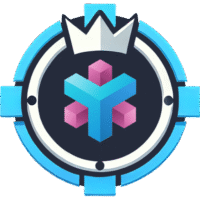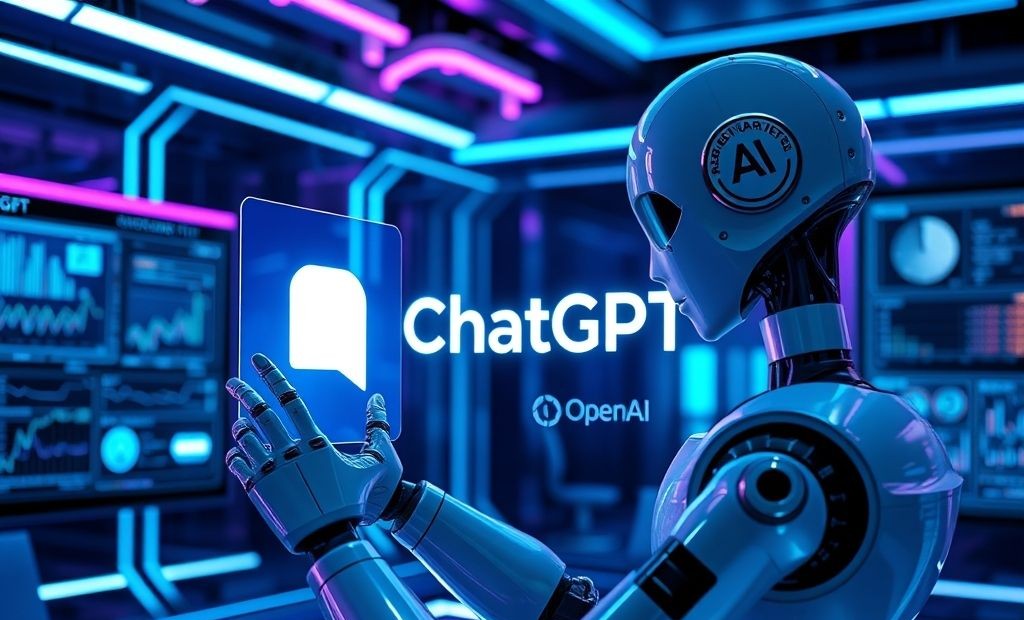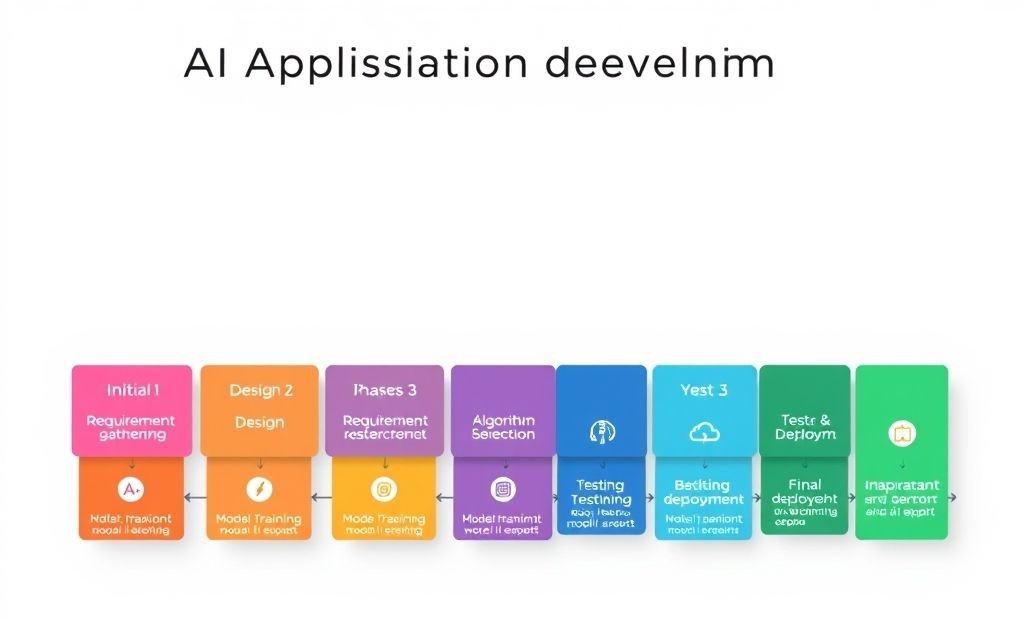Ethical AI: Navigating the Crossroads of Innovation and Responsibility
Artificial intelligence (AI) is rapidly transforming our world, offering incredible potential for progress in various fields. From healthcare and finance to sales and customer service, AI-powered tools like OpenAI, Copilot, and Google AI are becoming increasingly integral to our daily lives. However, this rapid advancement also raises critical ethical considerations. We must ensure that AI development is guided by principles of transparency, fairness, and accountability to prevent unintended consequences and build trust in these powerful technologies. In this blog post, we’ll explore the crucial importance of ethical AI and discuss how to balance innovation with responsibility.
Why Ethical Considerations are Paramount in AI Development
The integration of AI into sensitive areas such as healthcare and finance underscores the necessity for ethical guidelines. Without them, we risk perpetuating biases, compromising privacy, and eroding trust in AI systems. The absence of ethical considerations can lead to:
- Bias and Discrimination: AI algorithms trained on biased data can perpetuate and amplify existing societal inequalities. This can result in unfair or discriminatory outcomes in areas like hiring, lending, and criminal justice.
- Lack of Transparency: Many AI systems, particularly deep learning models, operate as “black boxes,” making it difficult to understand how they arrive at their decisions. This lack of transparency can erode trust and make it challenging to identify and correct errors or biases.
- Privacy Violations: AI systems often rely on vast amounts of data, which can include sensitive personal information. Without proper safeguards, this data can be misused or accessed by unauthorized parties, leading to privacy violations.
- Accountability Gaps: When AI systems make mistakes or cause harm, it can be difficult to determine who is responsible. This lack of accountability can make it challenging to seek redress or prevent similar incidents from happening in the future.
Key Pillars of Ethical AI
To ensure responsible AI development and deployment, we must focus on three key pillars: transparency, fairness, and accountability.
Transparency
Transparency in AI refers to the ability to understand how an AI system works and why it makes the decisions it does. This includes:
- Explainable AI (XAI): Developing AI models that can explain their reasoning in a clear and understandable way. Tools like interpretable machine learning techniques are crucial.
- Data Transparency: Making the data used to train AI models accessible and understandable, including information about its sources, biases, and limitations.
- Model Documentation: Providing detailed documentation about the design, development, and deployment of AI models, including information about their intended use, performance metrics, and potential risks.
Fairness
Fairness in AI means ensuring that AI systems do not discriminate against individuals or groups based on protected characteristics such as race, gender, or religion. This requires:
- Bias Detection and Mitigation: Identifying and mitigating biases in training data and AI algorithms. This can involve techniques like data augmentation, re-weighting, and adversarial training.
- Fairness Metrics: Using appropriate fairness metrics to evaluate the performance of AI systems across different demographic groups.
- Algorithmic Audits: Conducting regular audits of AI algorithms to identify and address potential biases or discriminatory outcomes.
Accountability
Accountability in AI refers to the ability to assign responsibility for the actions and decisions of AI systems. This includes:
- Clear Lines of Responsibility: Establishing clear lines of responsibility for the design, development, deployment, and monitoring of AI systems.
- Robust Error Handling: Implementing robust error handling mechanisms to detect and correct errors in AI systems.
- Redress Mechanisms: Providing mechanisms for individuals or groups who are harmed by AI systems to seek redress.
AI Ethical Frameworks & Guidelines
Many organizations have developed ethical frameworks and guidelines for AI development, such as the IBM AI Ethics Framework and the Microsoft Responsible AI Standard. These frameworks provide valuable guidance for organizations looking to develop and deploy AI systems responsibly. We should also consider regulations like the EU AI Act.
The Path Forward: Fostering a Culture of Ethical AI
Building ethical AI requires a collaborative effort involving researchers, developers, policymakers, and the public. We need to:
- Promote Education and Awareness: Educate the public about the ethical implications of AI and empower them to engage in informed discussions about its development and deployment.
- Foster Interdisciplinary Collaboration: Encourage collaboration between AI researchers, ethicists, social scientists, and policymakers to address the complex ethical challenges of AI.
- Develop Ethical Standards and Regulations: Develop clear ethical standards and regulations for AI development and deployment, promoting transparency, fairness, and accountability.
- Invest in Research on Ethical AI: Invest in research on ethical AI to develop new tools and techniques for mitigating bias, promoting transparency, and ensuring accountability.
Final Overview
Ethical AI is not merely an option but a necessity. Balancing innovation with responsibility is crucial to harness the transformative power of AI while safeguarding human values and societal well-being. By focusing on transparency, fairness, and accountability, and by fostering a culture of ethical AI, we can ensure that AI benefits all of humanity. As AI continues to evolve, a continuous dialogue about its ethical implications is paramount. This proactive approach allows us to adapt our guidelines and regulations to meet new challenges, ensuring AI remains a force for good in the world. Don’t hesitate to explore AI tools such as Bard and DeepMind with an ethical lens.










